There is a national definition of bullying. ‘Bullying is an ongoing and deliberate misuse of power in relationships through repeated verbal, physical and/or social behaviour that intends to cause physical, social and/or psychological harm. It can involve an individual or a group misusing their power, or perceived power, over one or more persons who feel unable to stop it from happening. Bullying can happen in person or online, via various digital platforms and devices and it can be obvious (overt) or hidden (covert). Bullying behaviour is repeated, or has the potential to be repeated, over time (for example, through sharing of digital records). Bullying of any form or for any reason can have immediate, medium and long-term effects on those involved, including bystanders. Single incidents and conflict or fights between equals, whether in person or online, are not defined as bullying’ (bullyingnoway.gov.au)
I experienced bullying as a child and have seen it as an adult and educator. No parent wants to see their child being harassed or bullied and it can also be hard as a parent to hear that your child is responsible for bullying another child. In either case, listening to your child and trying to understand their feelings and behaviours is so important. Whilst some bullying occurs in social circles, sports clubs or online beyond school, it is important to let us know so that we can follow up and support anyone involved, with counselling if necessary, and ongoing education and re-education.
The three common forms of bullying according to the Bullying No Way website are:
Verbal bullying which includes name calling or insulting someone about their physical characteristics such as weight or height, or other attributes including race, sexuality, culture, or religion
Physical bullying which includes hitting or otherwise hurting someone, shoving or intimidating another person, or damaging or stealing their belongings
Social bullying which includes consistently excluding another person or sharing information, images or other digital content that will have a harmful effect on the other person.
If these behaviours occur as a one off, or in very young children not able yet to understand and control their emotions, it is not bullying, however inappropriate the behaviour. The exception to this is when a behaviour occurs online and is published or shared to a wider audience.
Every student has a right to feel safe and supported at school, at home and in the wider community. We should take every opportunity to talk about bullying, and to support young people in learning how to get on, and interact positively and safely in person and online.
Dr Sandra Hewson,
Principal

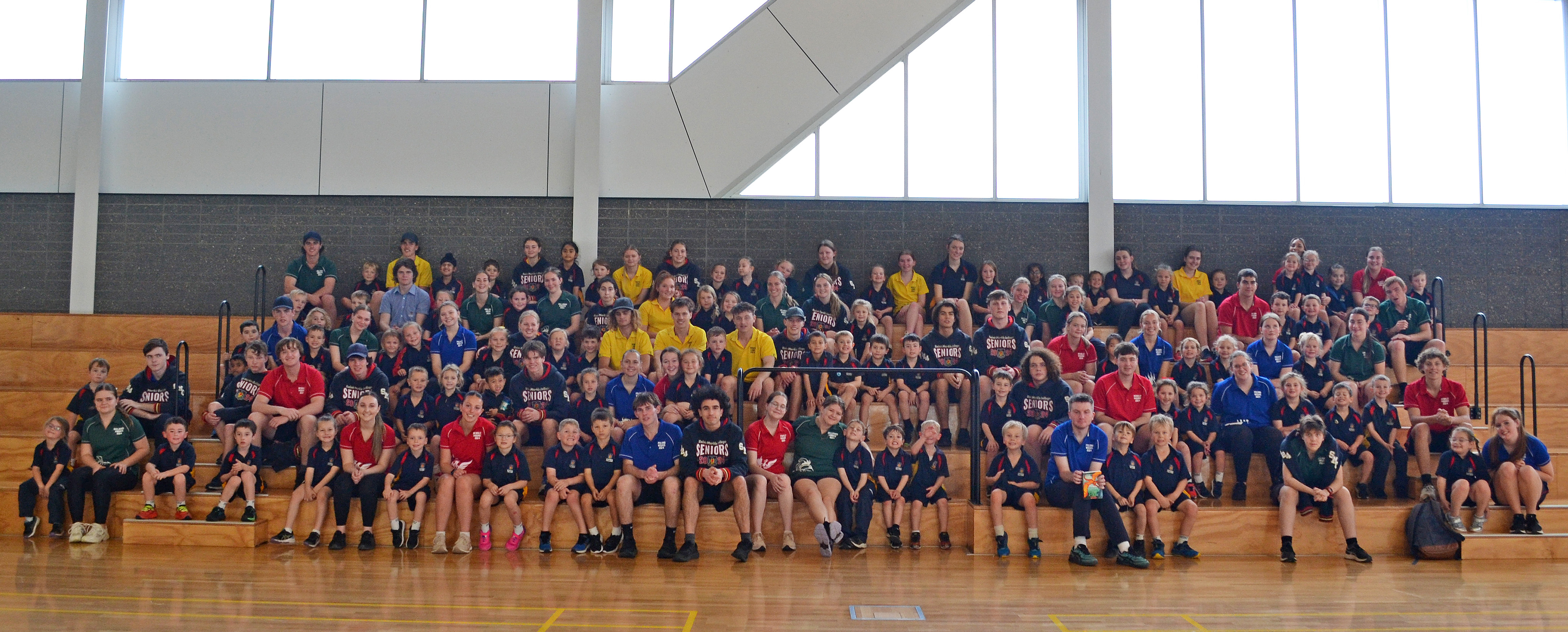

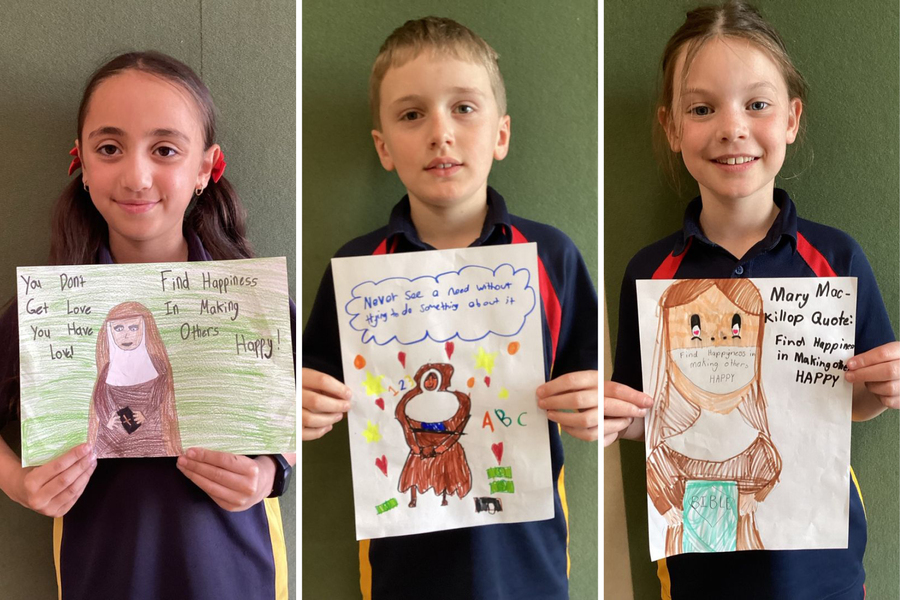
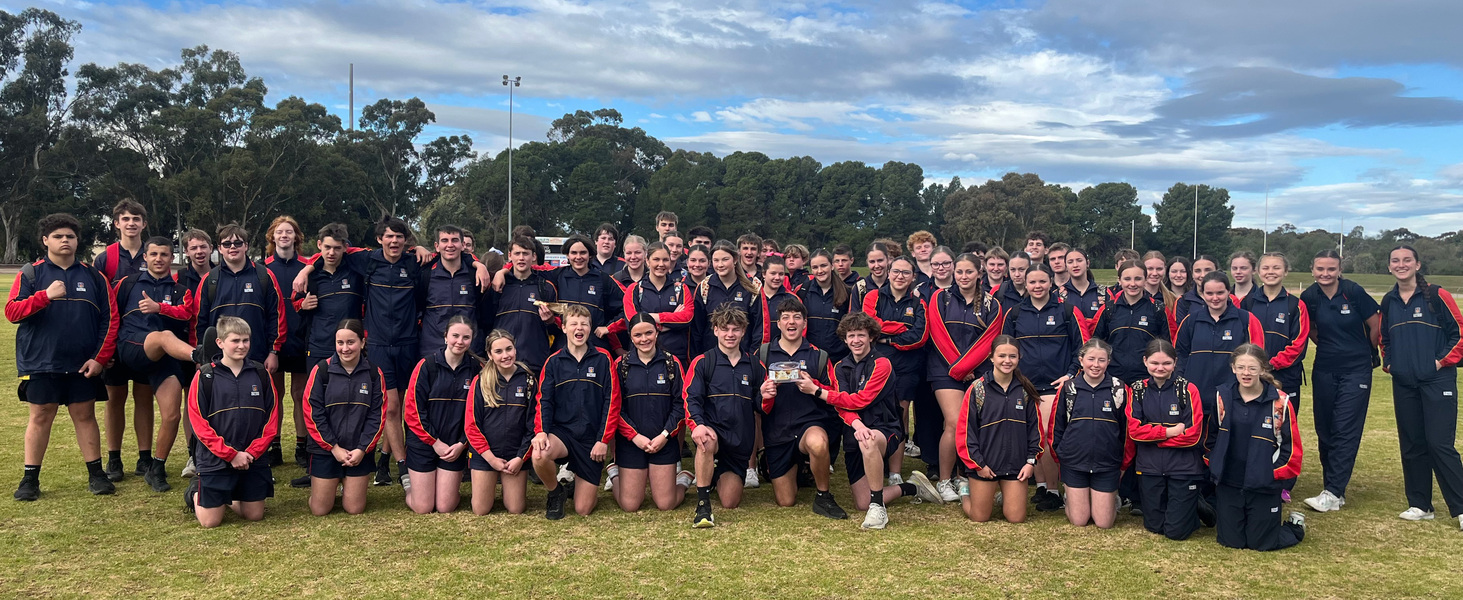
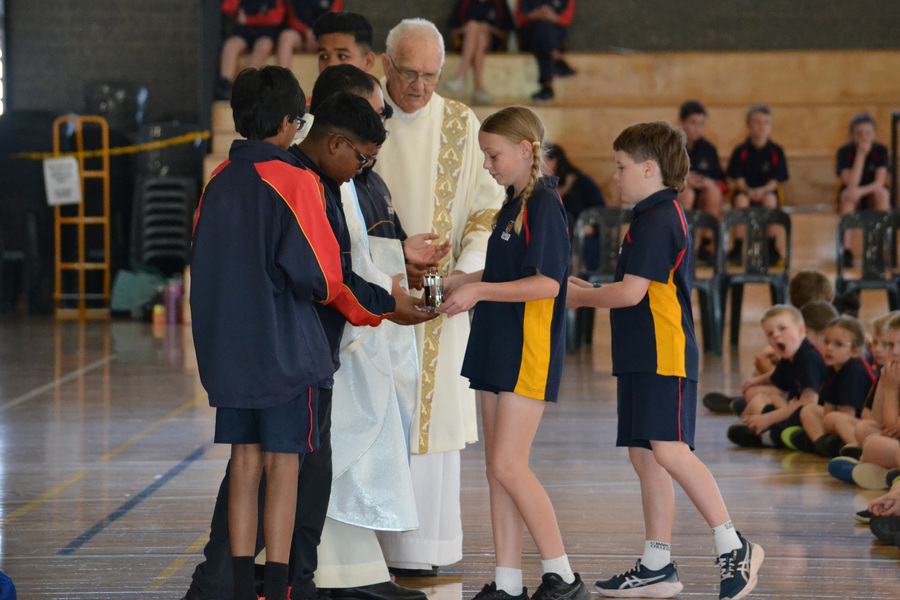

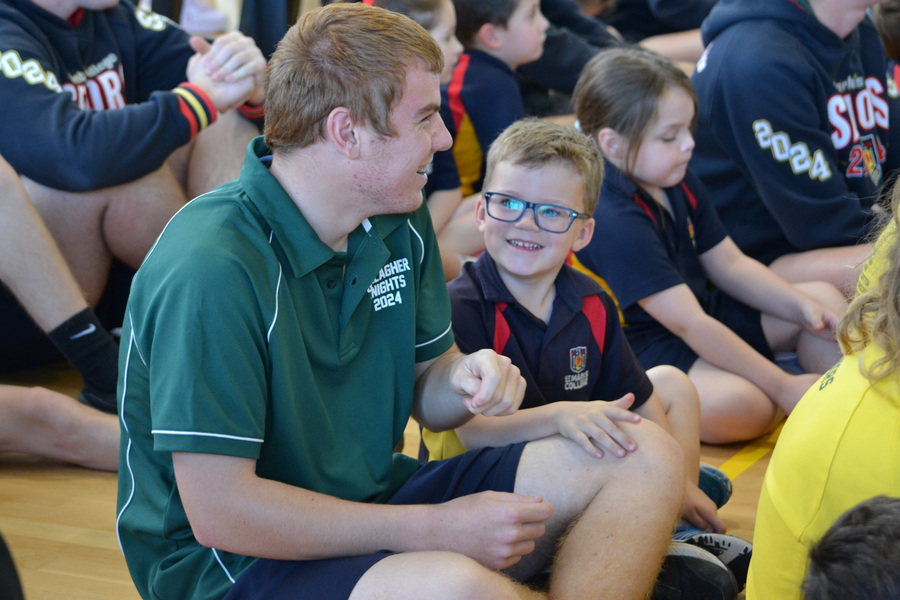
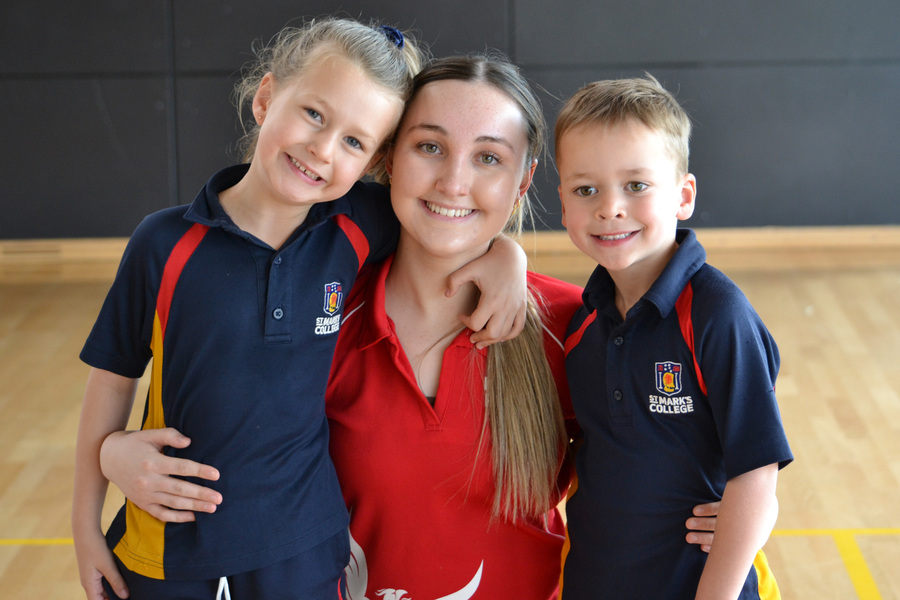
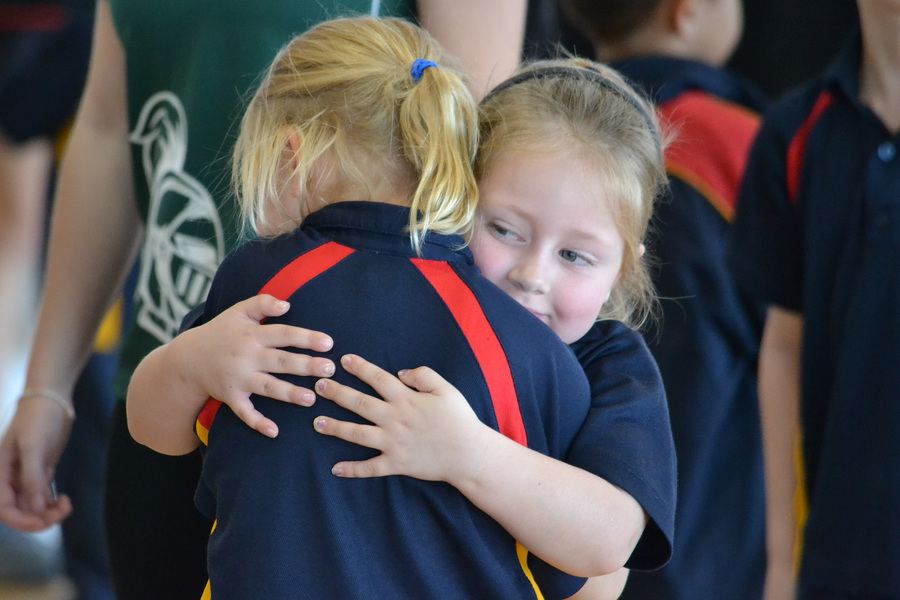
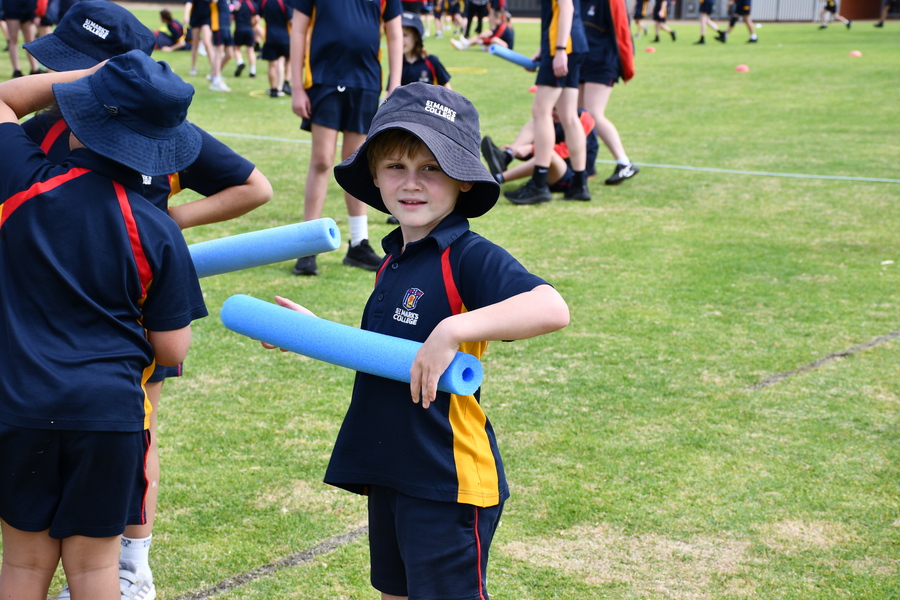
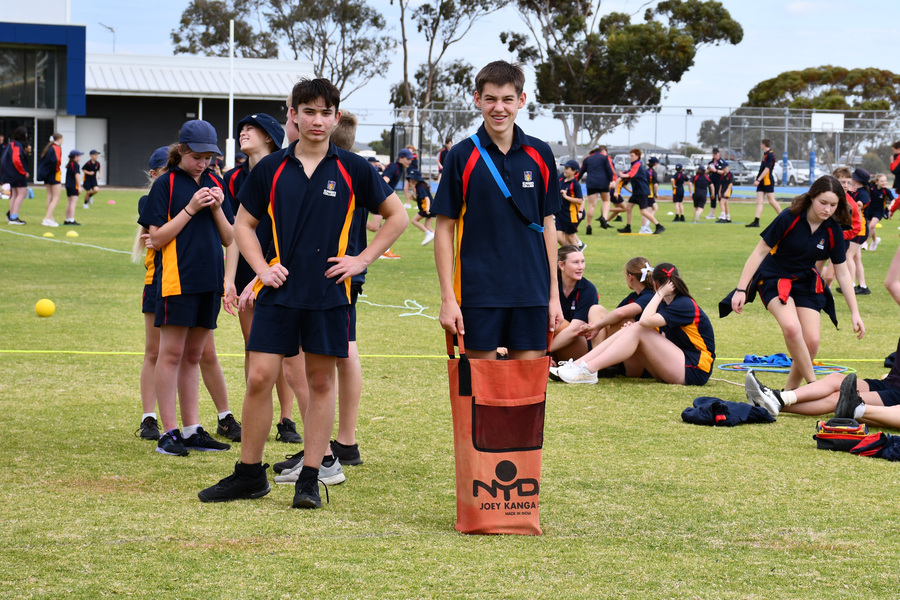
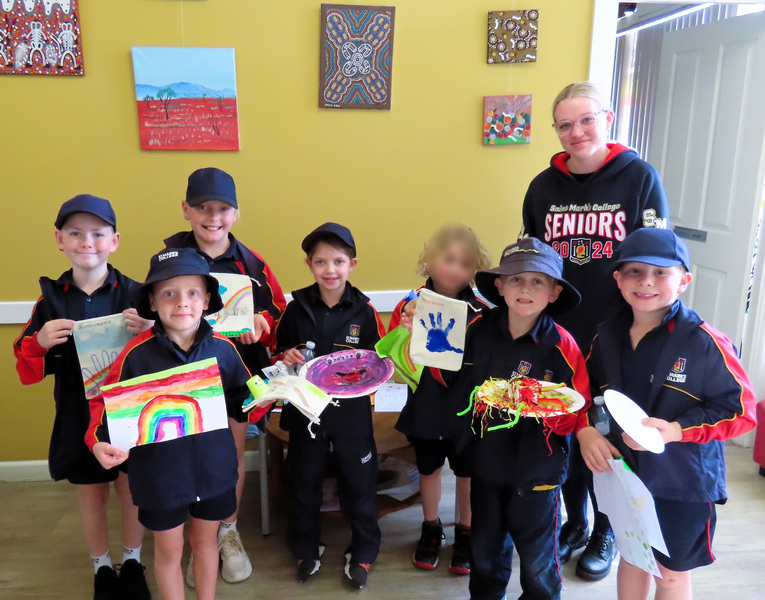


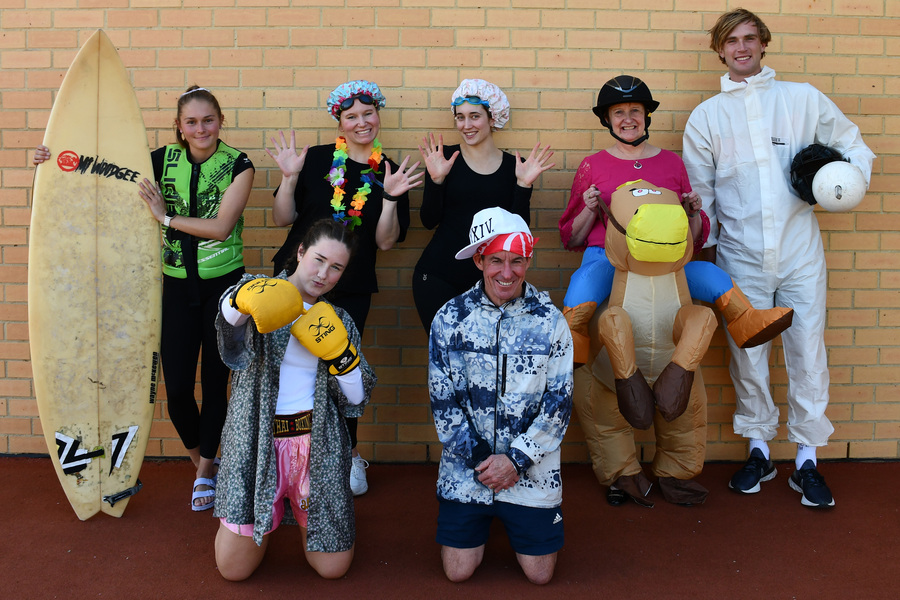
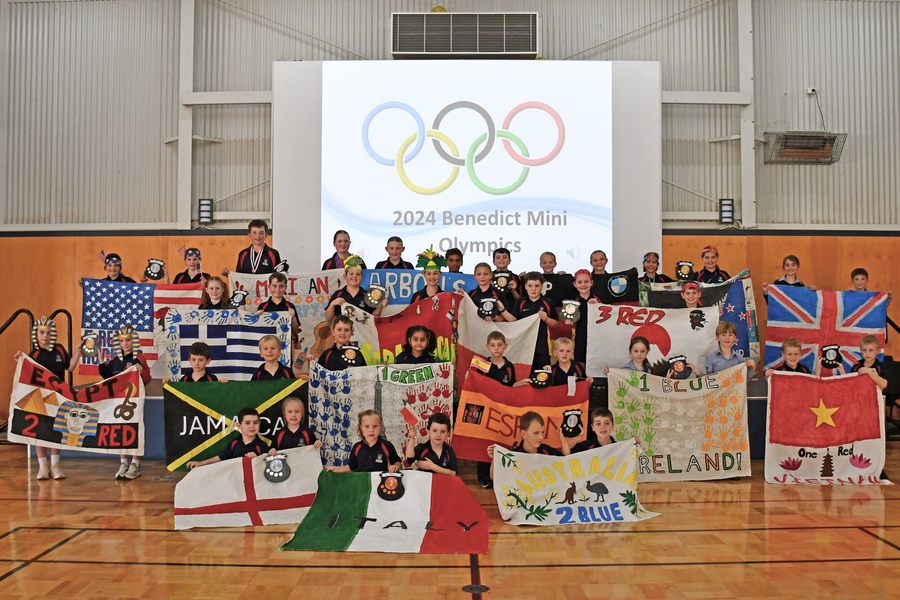

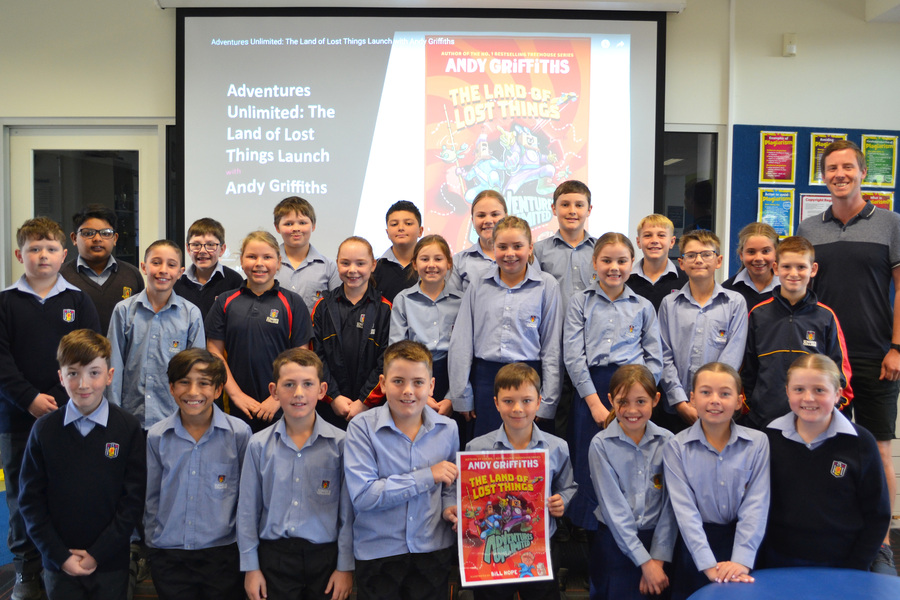
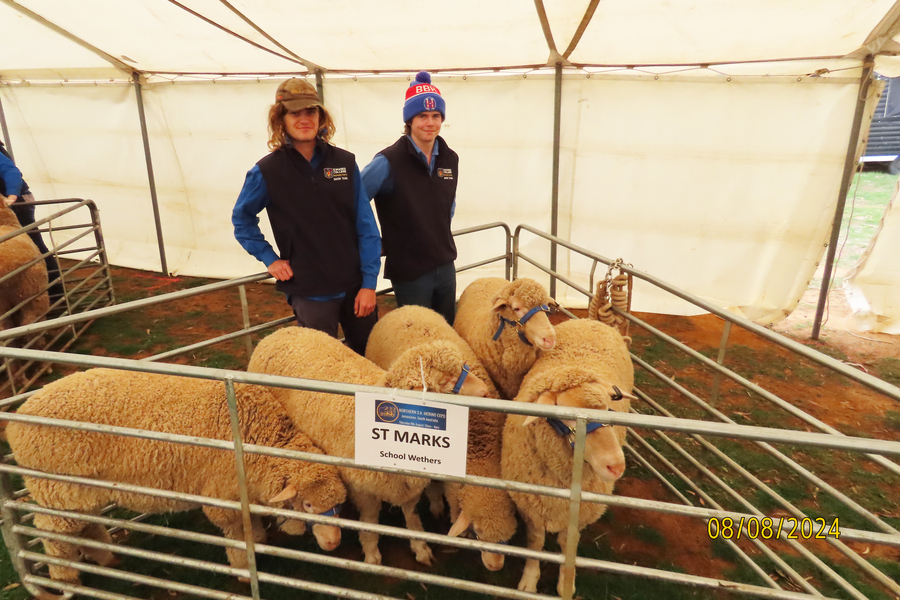
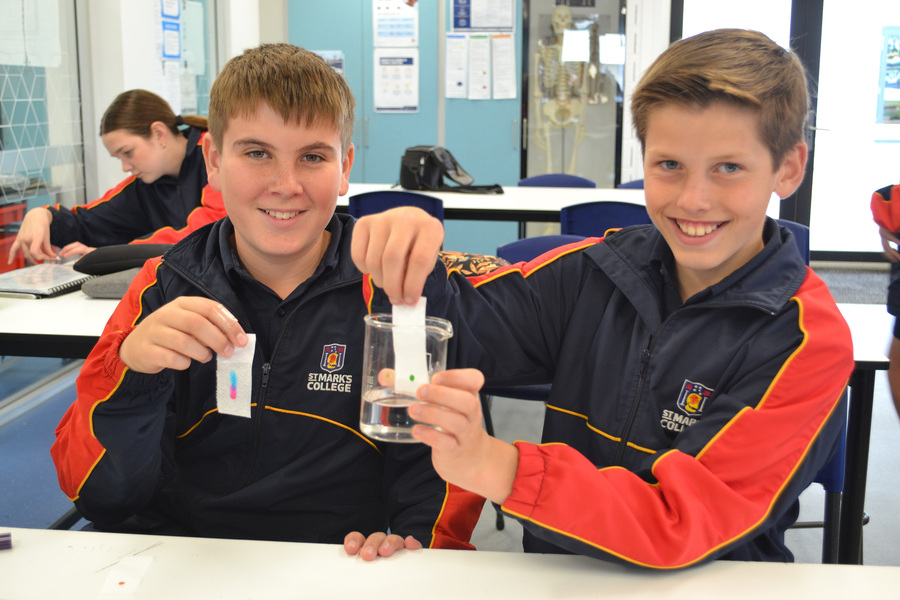
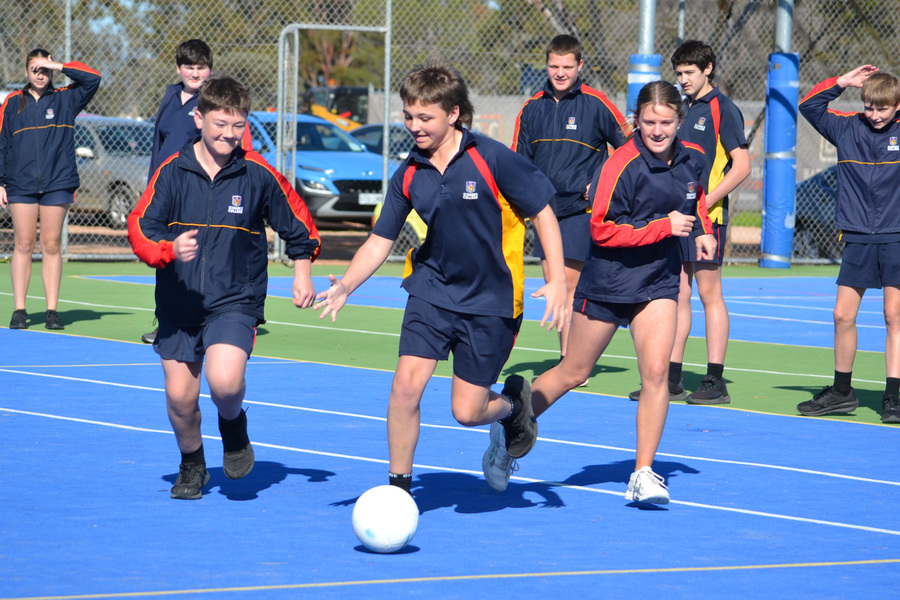
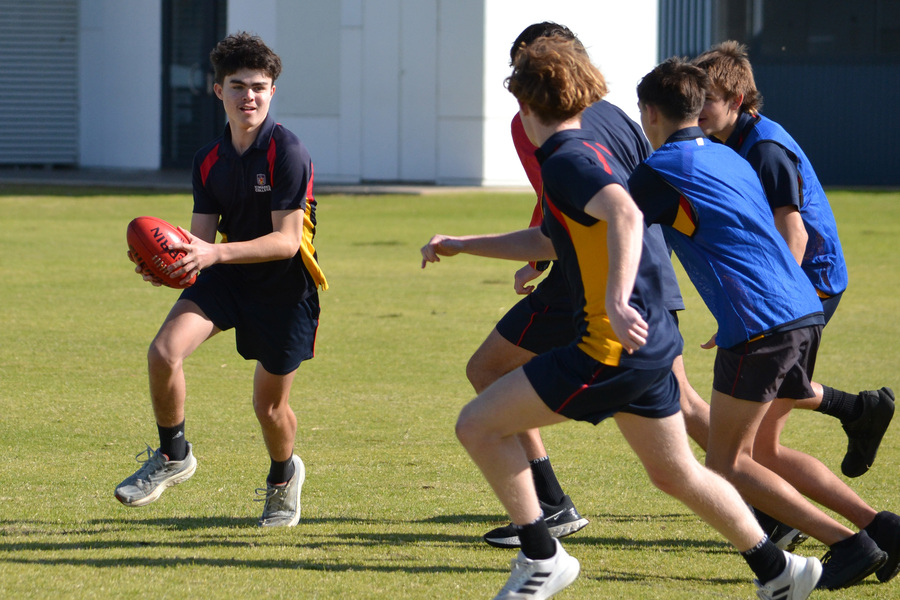


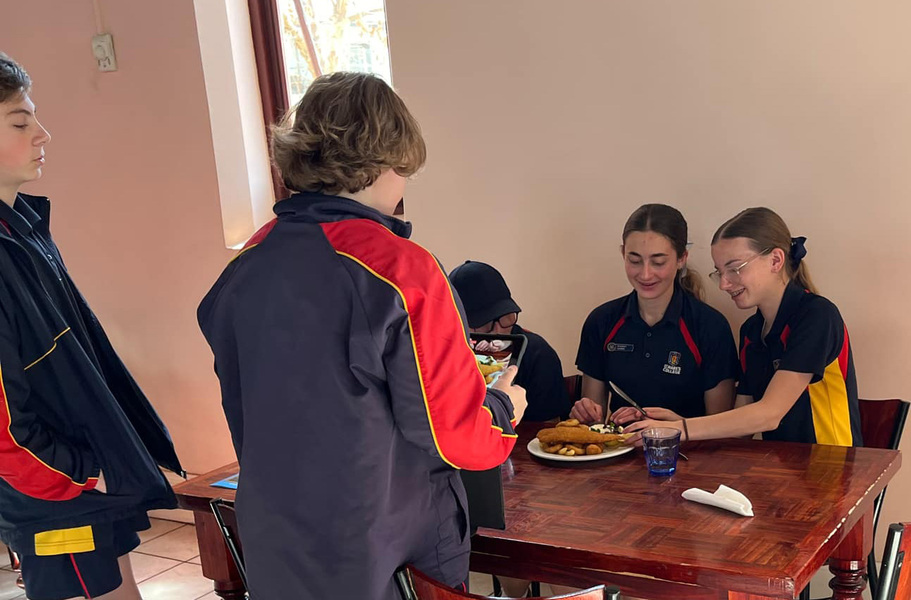
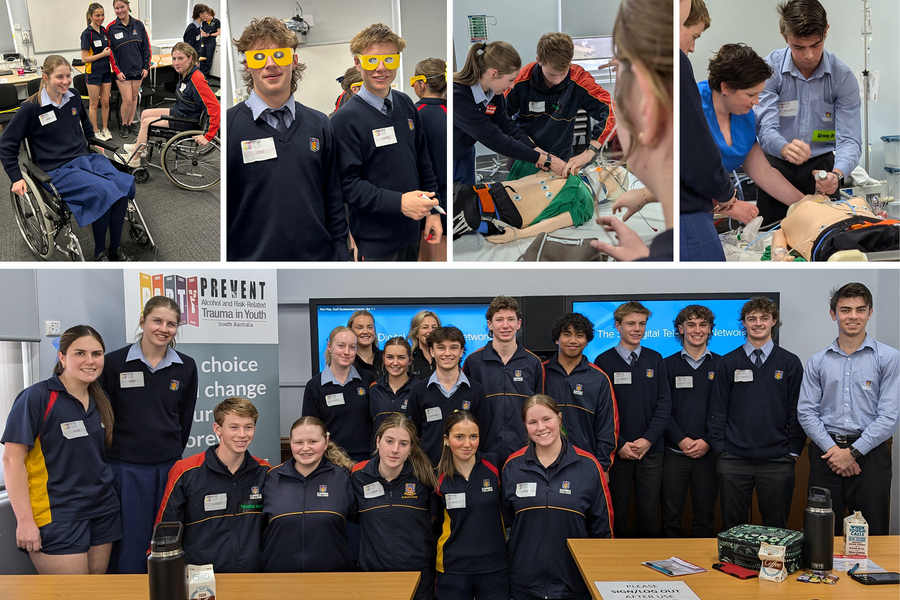

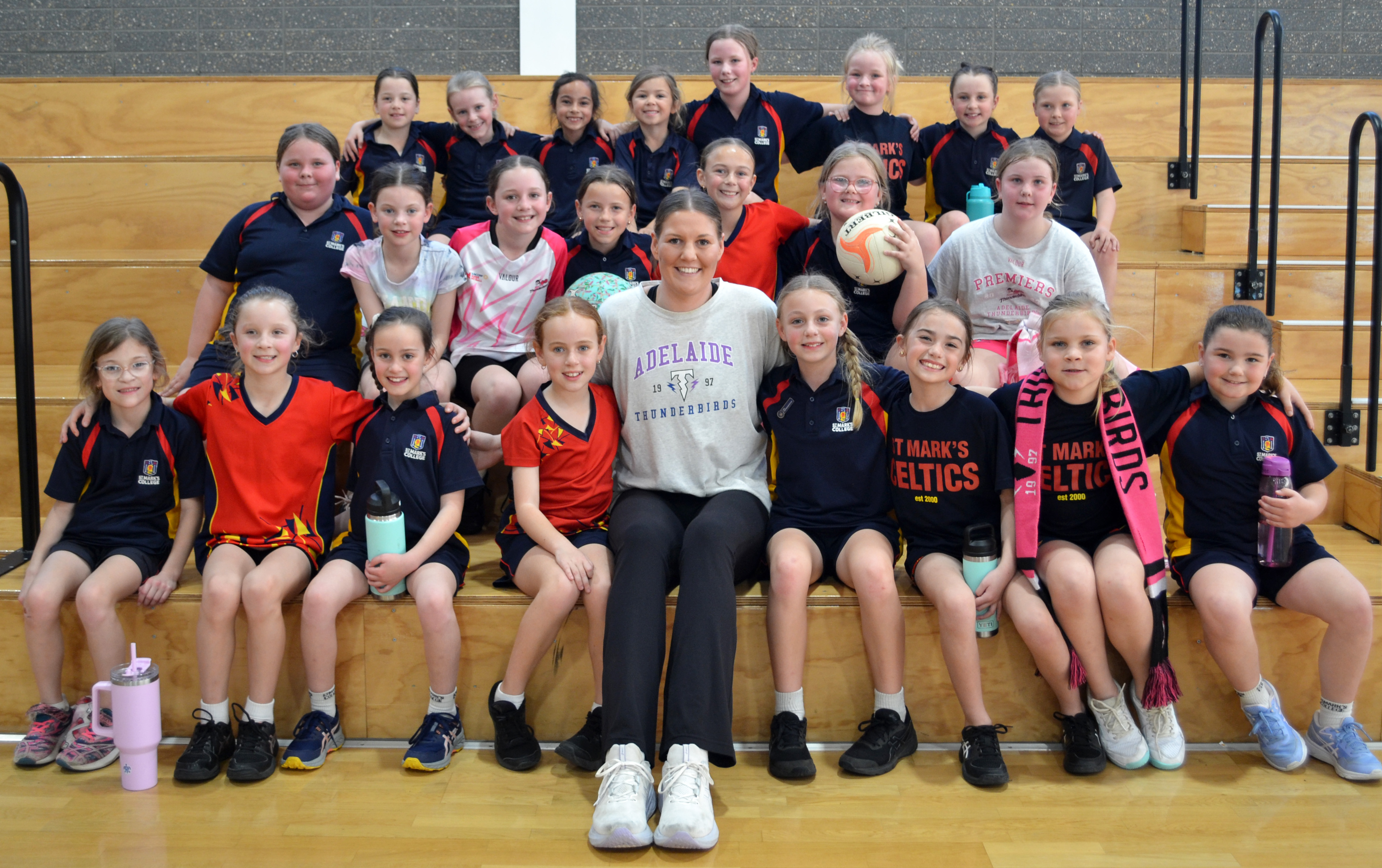




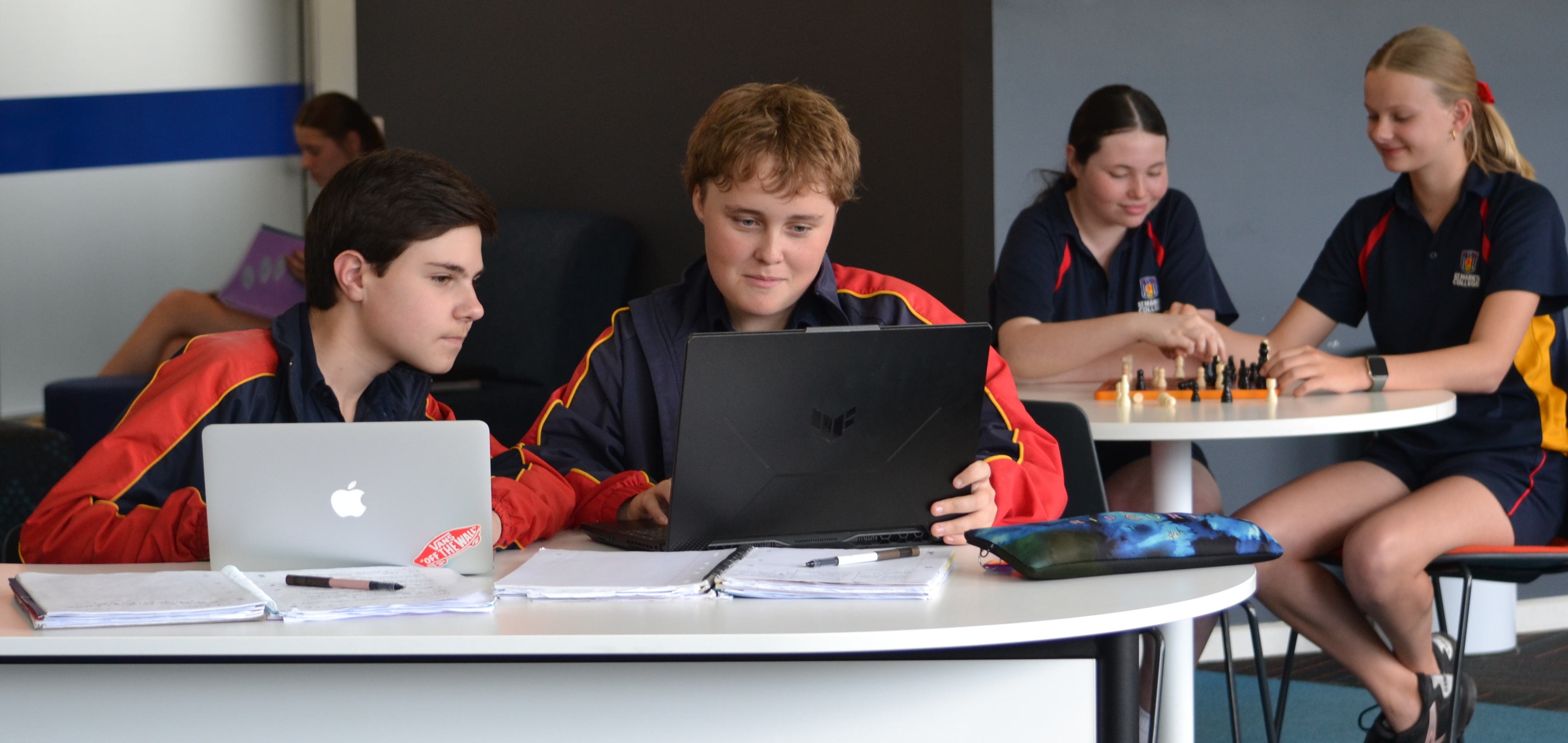
Social